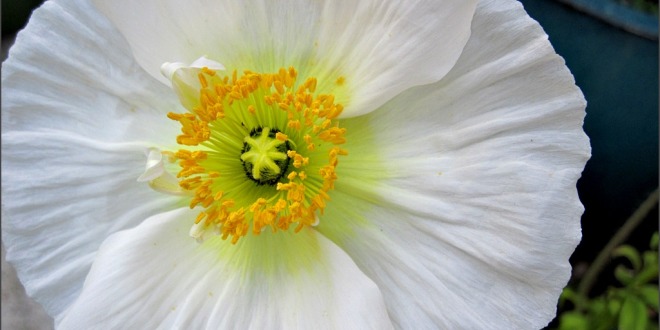The Iceland Poppy is a boreal flowering plant. It is native to subpolar regions of Europe, Asia and North America, and the mountains of Central Asia, but not in Iceland!!!
Iceland poppies are hardy but short-lived perennials, often grown as biennials, that yield large, papery, bowl-shaped, lightly fragrant flowers supported by hairy, one foot, curved stems among feathery blue-green foliage 1-6 inches long. They were first described by botanists in 1759. The wild species blooms in white or yellow, and is hardy from USDA Zones 3a-10b. All parts of this plant are likely to be poisonous.
The plants prefer light, well-drained soil and full sun. The plants are not hardy in hot weather, perishing within a season in hot summer climates.
Iceland poppies, like all poppies, possess exceedingly minute seeds and long taproots that resent disturbance. The seeds are best sown outdoors in autumn (or, at the very latest, in earliest spring) in a reasonably well-drained soil. In mild winter climates, poppy seeds should be planted indoors and transplanted into their desired positions when they are 2-4 inches tall. The strongest plants are autumn-sown. In cool summer climates on well-drained soils, Iceland poppies can live 2-3 seasons, flowering from early spring to fall.
Iceland poppies are amongst the best poppies for cutting, lasting several days in the vase if they are cut just before the buds open and the stem-ends are seared for ten seconds in a flame or boiling water so that their white latex does not leak out.








